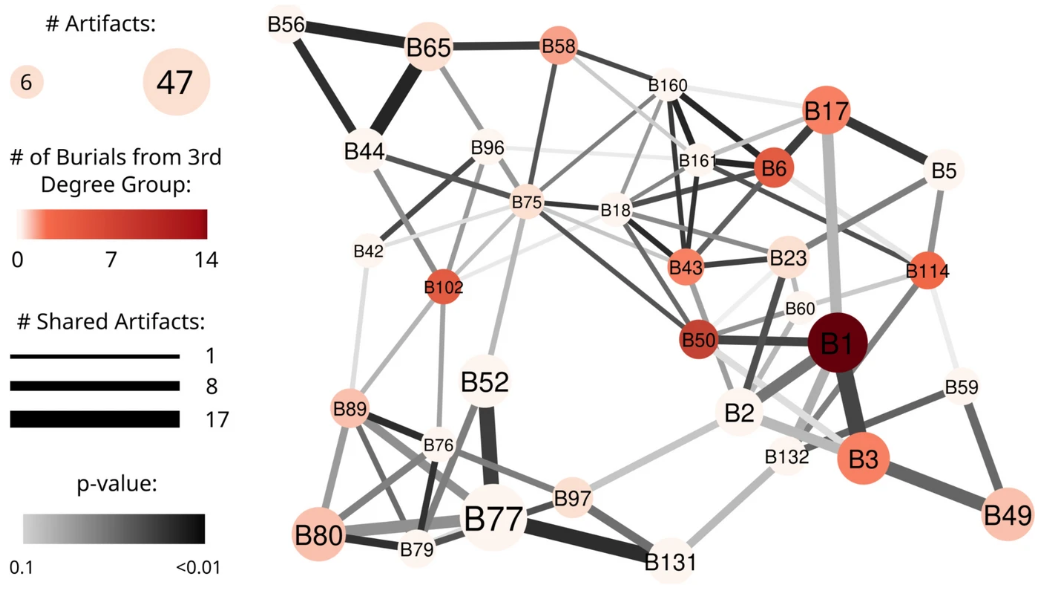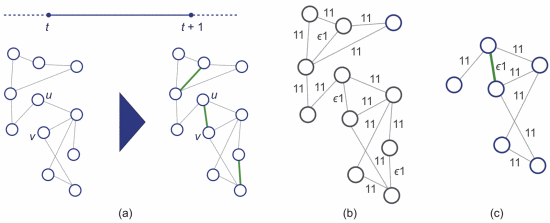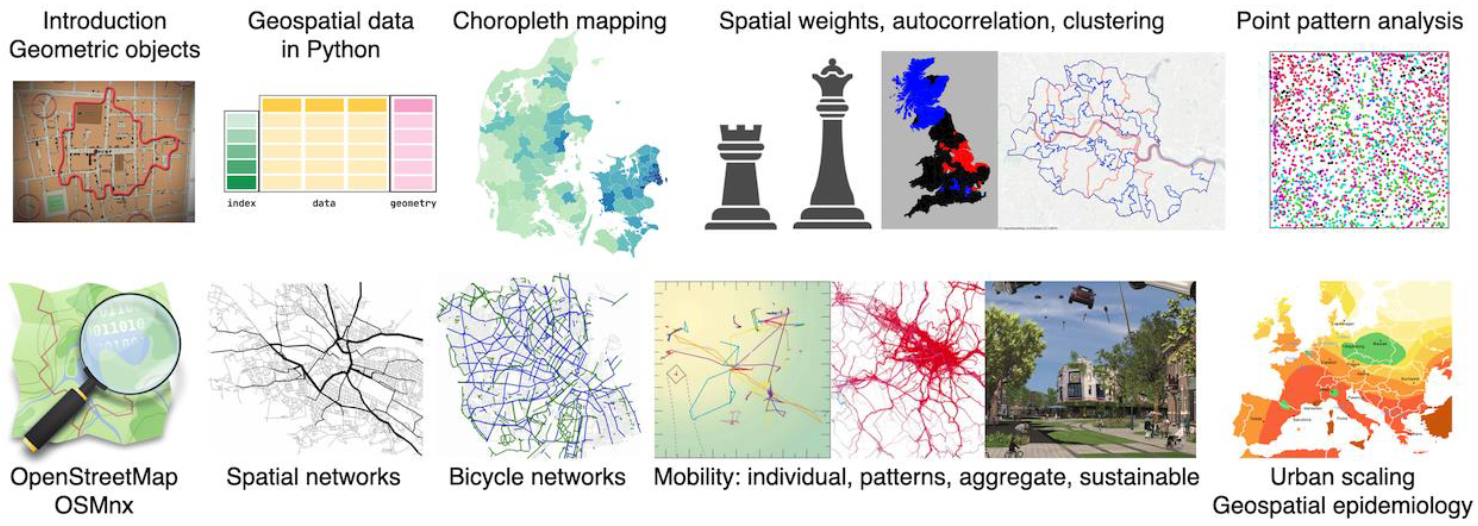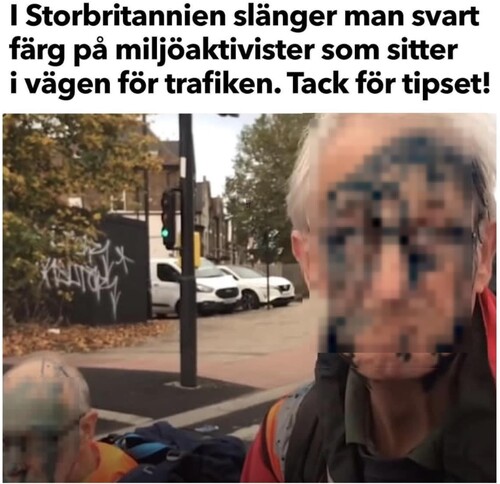We have been very productive over the winter! Five new NERDS publications were released in December and this January, on topics as diverse as archaeological networks, dynamic networks, spatial data science, climate change debates, and LLM-generated data:
- “A Network of Mutualities of Being”: Socio-material Archaeological Networks and Biological Ties at Çatalhöyük, by C. Mazzucato, M. Coscia, A. Küçükakdağ Doğu, S. Haddow, M. Sıddık Kılıç, E. Yüncü & M. Somel, published in Journal of Archaeological Method and Theory

In this paper, we propose a Network Science framework to integrate archaeogenomic data and material culture at an intra-site scale to study biological relatedness and social organization at the Neolithic site of Çatalhöyük. Methodologically, we propose the use of network variance to investigate the association between biological relatedness and material culture within networks of houses. This approach allows us to observe how material culture similarity between buildings is associated with biological relationships between individuals and how biogenetic ties concentrate at specific localities on site. - Graph Evolution Rules Meet Communities: Assessing Global and Local Patterns in the Evolution of Dynamic Networks, by A. Galdeman, M. Zignani & S. Gaito, published in Big Data Mining and Analytics

In this paper, we comprehensively explore Graph Evolution Rules (GERs) in dynamic networks from diverse systems with a focus on the rules characterizing the formation and evolution of their modular structures, using EvoMine for GER extraction and the Leiden algorithm for community detection. We characterize network and module evolution through GER profiles, enabling cross-system comparisons. By combining GERs and network communities, we decompose network evolution into regions to uncover insights into global and mesoscopic network evolution patterns. From a mesoscopic standpoint, the evolution patterns characterizing communities emphasize a non-homogeneous nature, with each community, or groups of them, displaying specific evolution patterns, while other networks’ communities follow more uniform evolution patterns. Additionally, closely interconnected sets of communities tend to evolve similarly. Our findings offer valuable insights into the intricate mechanisms governing the growth and development of dynamic networks and their communities, shedding light on the interplay between modular structures and evolving network dynamics. - Teaching spatial data science, by A.R. Vierø & M. Szell, published in Geoforum Perspektiv

Spatial data science is an emerging field building on geographic information science, geography, and data science. Here we first discuss the definition and history of the field, arguing that it indeed warrants a new label. Then, we present the design of our course Geospatial Data Science at IT University of Copenhagen and discuss the importance of teaching not just spatial data science tools but also spatial and critical thinking. We conclude with a perspective on the potential future for spatial data science, arguing that qualitative theory and methods will continue to play an important role despite new GeoAI-related advances. - Do You See What I See? Emotional Reaction to Visual Content in the Online Debate About Climate Change, by L. Rossi, A. Segerberg, L. Arminio & M. Magnani, in Environmental Communication.

This paper explores the visual echo chamber effect in online climate change communication. We analyze communication by progressive actors and counteractors involved in the public debate about climate change on Facebook, to address the possibility that visual content can bridge ideologically diverse communities. Specifically, we investigate whether visual content depicting protest serves this purpose. The findings reveal a small amount of shared visual content. Interestingly, the emotional reactions to this content for the most part diverge significantly, suggesting that pre-existing attitudes, such as climate ideological position, influence interpretation. Contrary to our expectations, however, we do not observe visual content representing protest activity bridging the two groups. This work posits the possibility of a two-fold (de)polarization around visual content that both connects and divides, which contributes to a more nuanced understanding of the social dynamics that create and sustain the echo chamber effect observed in online climate change debates. - The Problems of LLM-generated Data in Social Science Research by L. Rossi, K. Harrison & I Shklovski, in Sociologica.
The paper explores LLMs when used for generating synthetic data for social science and design research. Researchers have used LLM-generated data for data augmentation and prototyping, as well as for direct analysis where LLMs acted as proxies for real human subjects. LLM-based synthetic data build on fundamentally different epistemological assumptions than previous synthetically generated data and are justified by a different set of considerations. In this essay, we explore the various ways in which LLMs have been used to generate research data and consider the underlying epistemological (and accompanying methodological) assumptions. We challenge some of the assumptions made about LLM-generated data, and we highlight the main challenges that social sciences and humanities need to address if they want to adopt LLMs as synthetic data generators.
